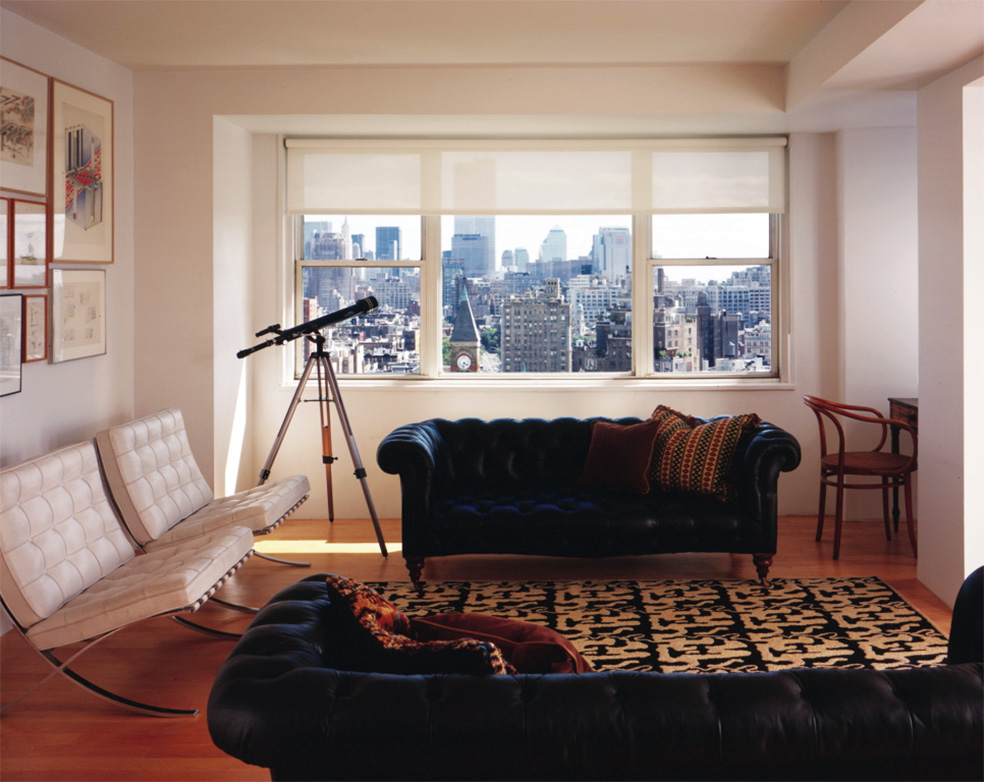A major part of the PgCert Teaching and Learning (T&L) unit is the requirement of observations; an observation of your teaching (varying from a tutorial to a lecture/talk) by a peer and a tutor, and a session of you observing a fellow peer’s teaching.
Observations are commonly, from my opinion and perspective, a microscopic way of critiquing an individual’s way/style/method of doing a specific thing. One could argue that observations are mainly conducted for the purpose of assessment and feedback – most importantly, constructive feedback – however, one might also argue that they, at times, convey micromanagement and rigid productivity. With the current digital space we’ve all had to adjust and adapt to in the past 12 months or so, teaching, learning, and generally living, has become a tad harder due to the mental constraints of the outside world, brought heavily by the pandemic and lockdown restrictions.
Thus, digitally educating and being observed [digitally] whilst doing so, is certainly unorthodox and somewhat difficult. There are numerous worries that run through one’s mind; Is my camera set up correctly? Do I have enough light? Am I looking directly into the camera? Is my sound setup well? And, the biggest of the worries, Will my WiFi hold up? These are worries, anxieties we’ve all had (and still are) to deal with, but the key and primary objective remains, the students must be educated and the educator must educate.
I, personally and through my OBs (observations) reports, felt they went well. Constructive, productive, and insightful – all things I can use to build upon my teaching skills and things I can use to enhance the education a student receives. Similarly, one could also place the UAL assessment criteria methods into these OBs. I would say I gained knowledge and process from the observations. I was able to gather information my observers’ reports and process them constructively in order to heed from their feedback and enhance my teaching abilities for now and the future.
It’s quite interesting how the UAL assessment criteria mainly provides students with key information [on the University’s] assessment regulations, but when you look at it, these methods/criteria can actually also be used for observations from fellow educators.
I hope all of this makes some sort of sense.
Till another time,
T.


Thank you Timi for this reflection. You really made me very alert to the dynamics of the observation in your first paragraph. The reality for so many of us, and the pressure, we put on ourselves also to ‘be good teachers’ under the pressure of both the pandemic and the self-consciousness and then the observation itself. The second last paragraph….”I, personally..[to] …future” I would have really liked to hear maybe one thing you took away on reflection, maybe even the one thing you MOST learnt about yourself as a teacher…as a reader, I’m curious what ‘part’ or ‘point’ from the feedback, was either most important, valuable or most useful going forward…you know…still making you think after a week or so, when all the other advice might have faded into the memory…(?) Fantastic second paragraph tho’ …I feel like i need to read that before every observation…I might even print it out, so I prepare the right attitude …I mean that..it’s just, very, honest! thanks:)
Hello Timi,
This is good reading and I wondered what piece of feedback you found most constructive and why? As well as, how are you going to act upon and apply it?